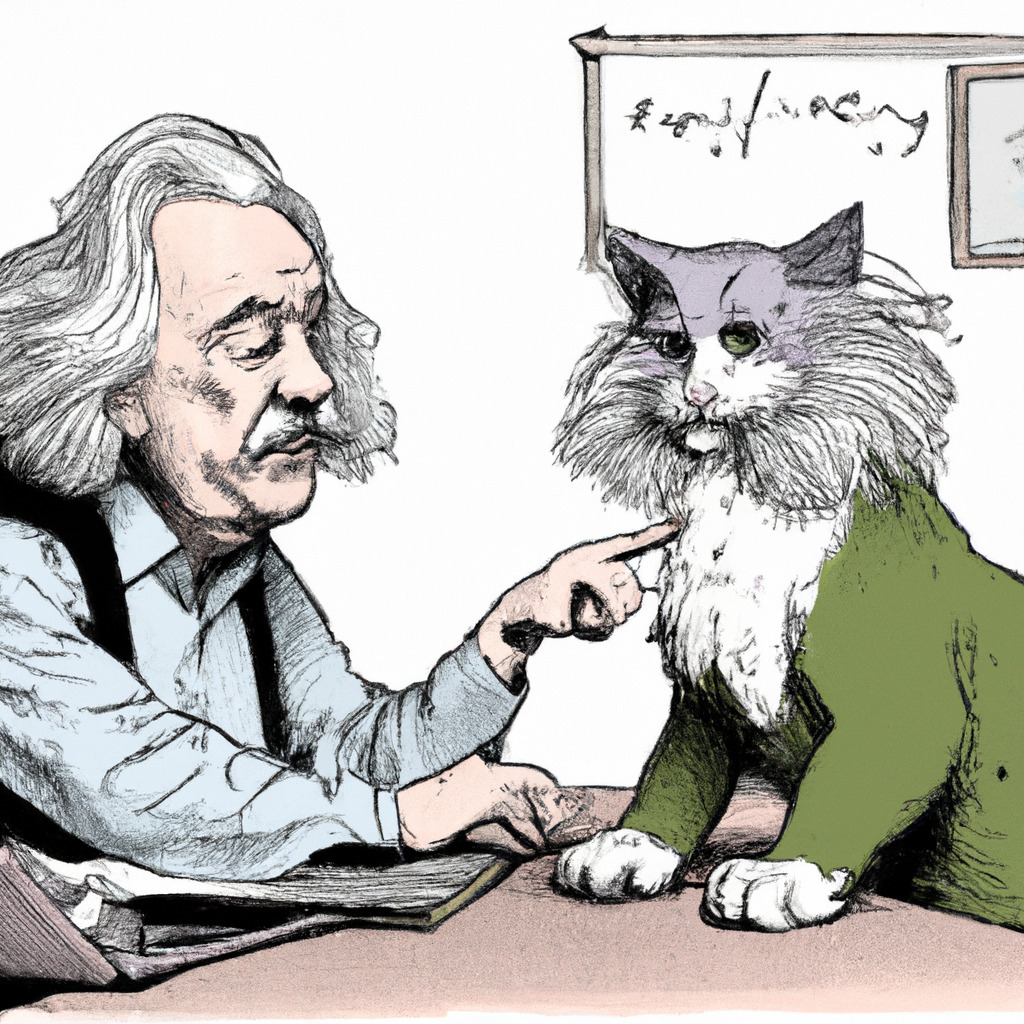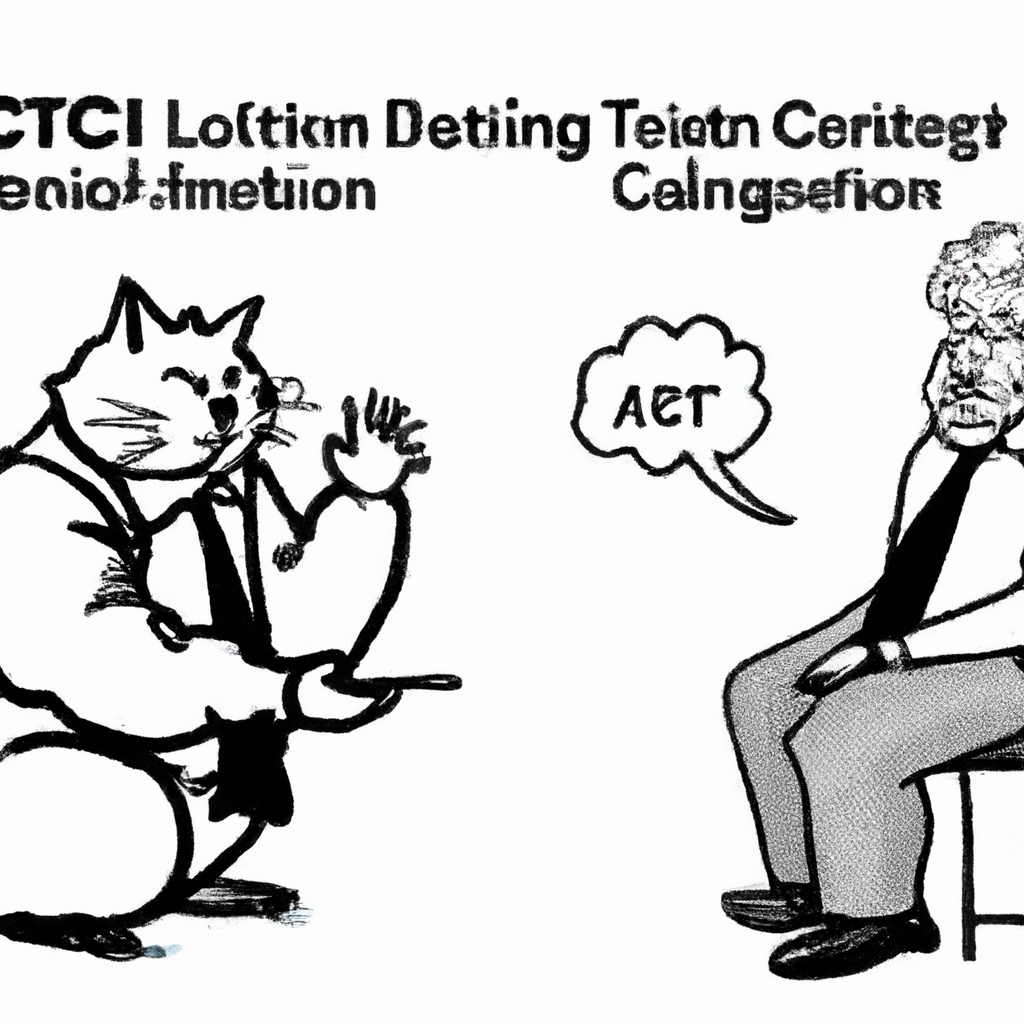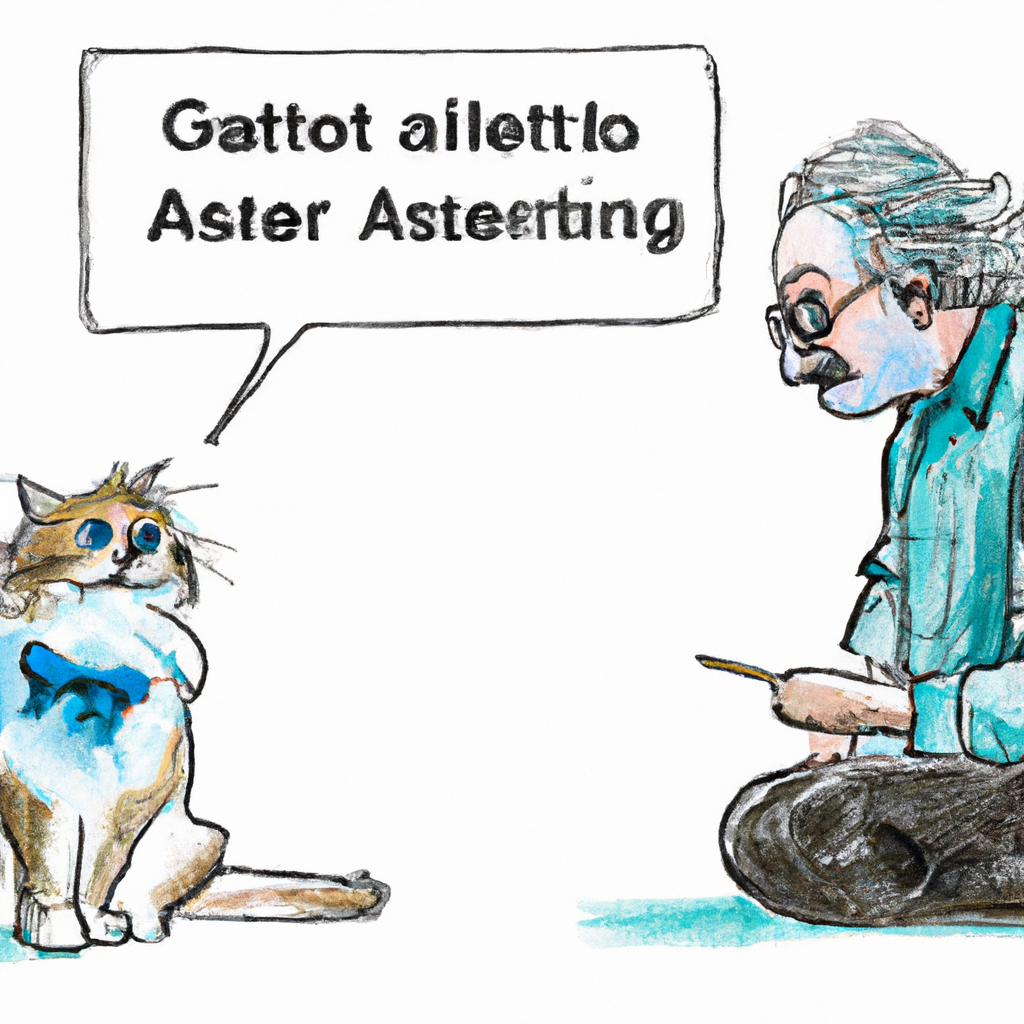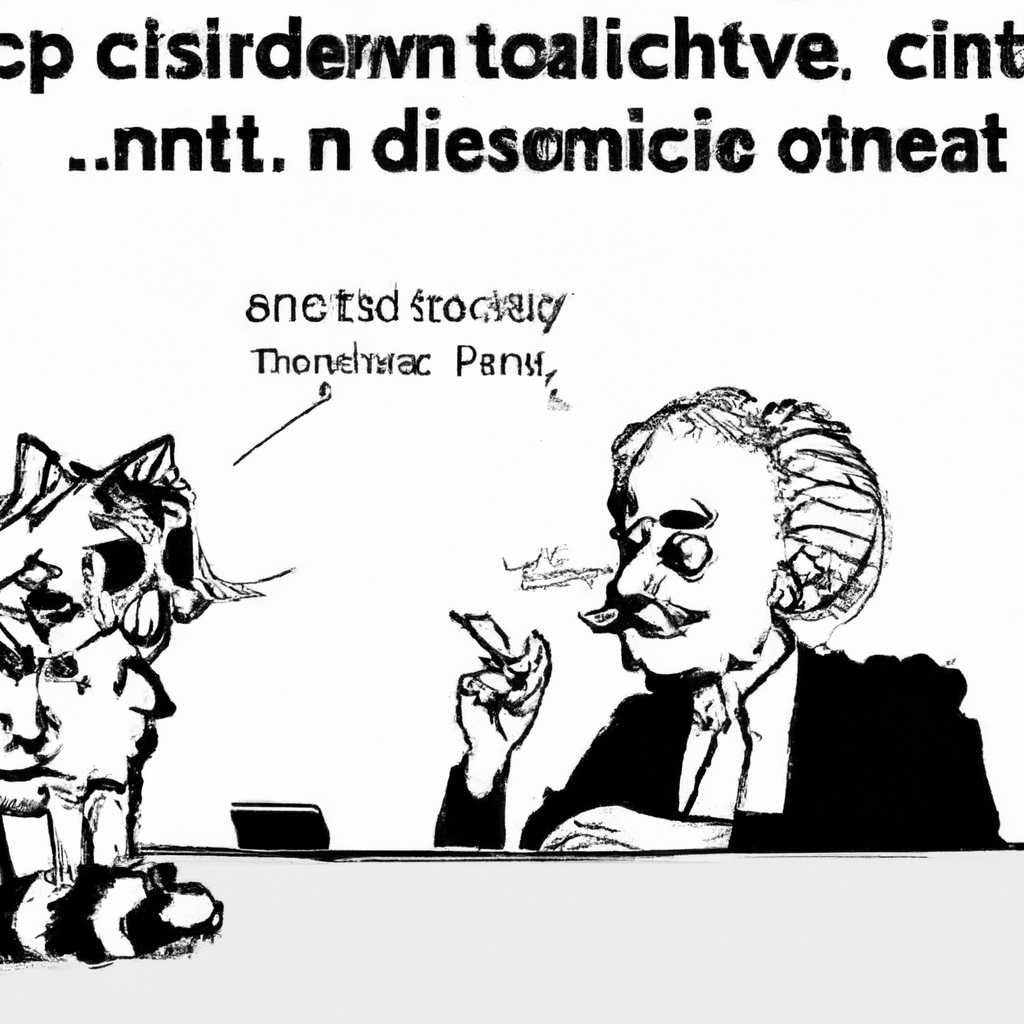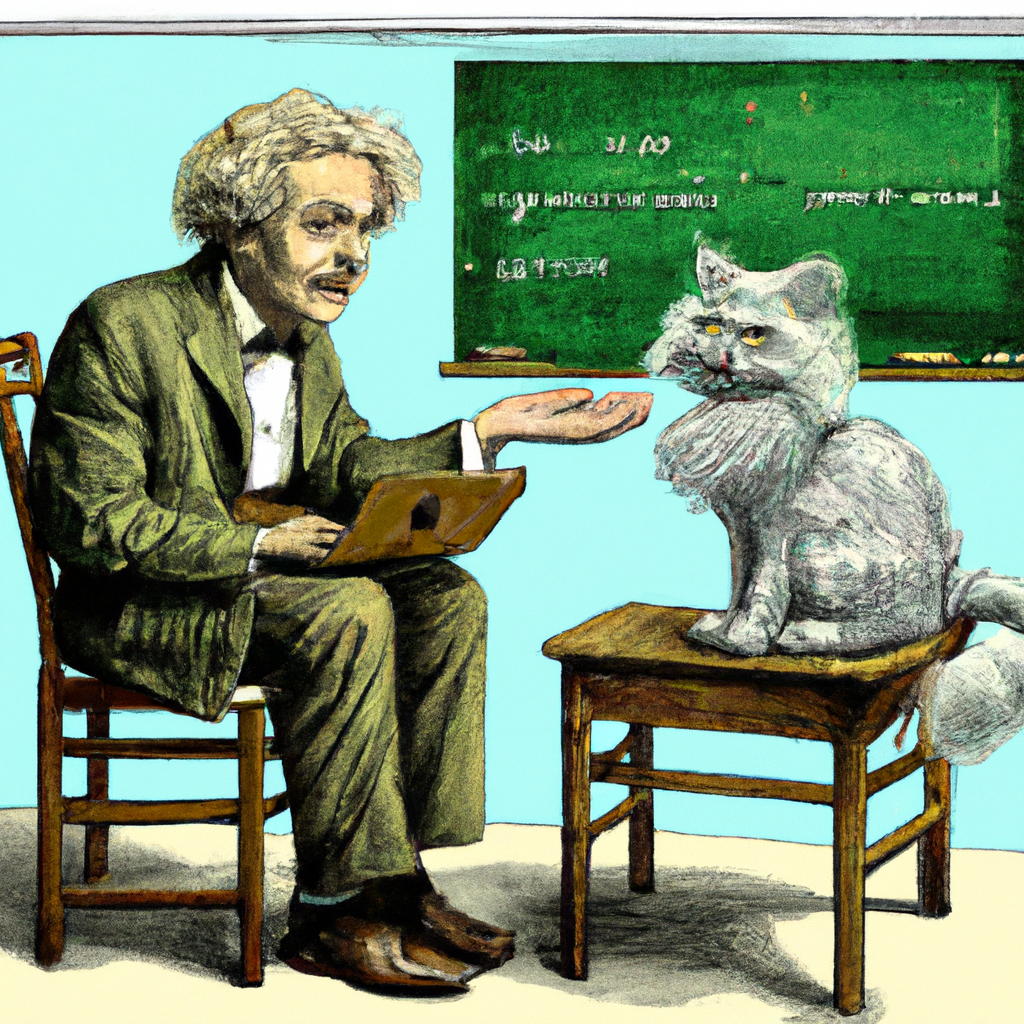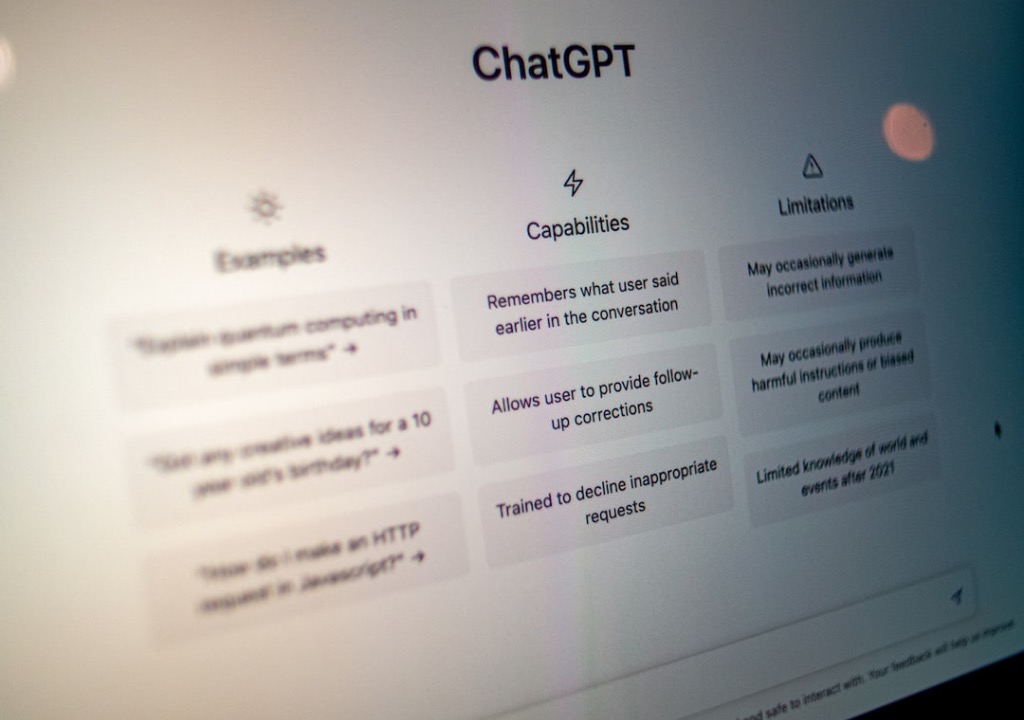
As the chat-bot technology continues to evolve, users can use various features to tailor their experience and get the most out of the conversation. Some of these features include tokens, temperature, penalty, and more. In this article, we will explore some tips and tricks on how to use these features to enhance your chat-bot experience.
Tokens
Tokens represent the smallest unit of meaning in a sentence. It helps the AI in understanding the user’s intent and making the conversation more realistic. When using tokens, it is essential to consider the context of the conversation to avoid providing unrelated responses. For instance, a user may provide a statement such as “I love watching movies,” but the AI may interpret it as “What is your favorite movie?”. This can be avoided by focusing on the context to ensure that the response is relevant.
Temperature
Temperature is another exciting feature that can help users to control the AI’s responses’ creativity. It determines how much randomness is introduced to the generated response. If the temperature is set to a low value, the AI will produce more predictable responses, while a higher value leads to more spontaneous and creative answers. The ideal temperature should depend on the desired outcome; for instance, if you want more diverse responses, it is best to set the temperature at a higher value.
Penalty
The Penalty feature is used to discourage the AI from producing particular words or phrases that may be offensive or irrelevant. This feature can be useful in maintaining the conversation’s tone and keeping it civil. For example, if the user makes a statement that could lead to certain offensive words, a penalty can be introduced in advance to discourage the AI from using them in their response.
How-To Examples
Here are some examples of how these features can be used in practice:
1. If a user wants to talk about movies with a chat-bot, they can use tokens by expressing their movie preference. For instance, “I love watching action movies,” which can help the AI to provide relevant responses.
2. If a user wants to create a more natural conversation, they can set the temperature to a higher value to introduce more creativity into the generated responses.
3. If a user is concerned about maintaining a certain tone or avoiding offensive language, then they can use the penalty feature to discourage the AI from producing certain words or phrases.
Overall, mastering these features is essential in ensuring that you are getting the most out of your conversation with the chat-bot. By paying attention to the context, setting appropriate temperatures, and using penalties wisely, users can have more realistic and engaging conversations with AI than ever before.
As an AI language model, I can provide you with an example of utilizing chat-GPT features to generate responses to a prompt.
Prompt: “Can you suggest me a good book on philosophy?”
1. Using tokens: You can use tokens to guide the response generated by the chat-GPT model by providing relevant keywords or phrases.
Example Response: “Sure, I’d recommend ‘The Republic’ by Plato. It’s a seminal work in Western philosophy and discusses topics such as justice, ethics, and politics.”
2. Using temperature: You can adjust the temperature parameter to influence the creativity and diversity of the response generated by the chat-GPT model.
Example Response (low temperature): “One book that comes to mind is ‘The Nicomachean Ethics’ by Aristotle. It’s a foundational text in virtue ethics and explores the nature of happiness and morality.”
Example Response (high temperature): “Hmm, there are so many great books on philosophy! How about ‘Thus Spoke Zarathustra’ by Friedrich Nietzsche? It’s a provocative exploration of existentialism and the will to power.”
3. Using penalty: You can use penalty to discourage the chat-GPT model from generating certain types of responses, such as those that are repetitive or nonsensical.
Example Response (with repetition penalty): “There are many classic works of philosophy that you might find interesting. One such book is ‘Meditations’ by Marcus Aurelius, which outlines his Stoic philosophy and offers practical guidance for living a fulfilling life.”
Example Response (with nonsensical penalty): “Sorry, I’m not sure what kind of book you’re looking for. Could you provide more details on your interests or preferences?”
